39 Photos
Photo Gallery
For the second year in a row, a number of relatives of Anfal victims and Anfal survivors themselves visited the mass graves and Nugra Salman castle, a remote prison fortress in southern Iraq. A photography exhibition dedicated to the victims was also opened this year.
Marking a start in 1986, the Anfal campaign killed more than 182,000 Kurds in two years of slaughter by then-president Saddam Hussein’s Baathist regime. On April 14, 1988, the campaign began in the Garmiyan area in the south of the Kurdistan Region.
The exhibition featured photographs of a significant number of children who were affected by the Anfal campaign.
“We have tried to turn Nugra Salman castle, where thousands of Kurds were imprisoned and some of them later massacred, into a permanent museum to remain as a historical evidence,” Srwa Mohammed, a member of the Iraqi parliament, told Rudaw.
Nugra Salman is a former prison fortress in the deserts of Muthanna province in southern Iraq. It served as a concentration camp during the former Iraqi Baathist regime’s Anfal campaign.
Iraq’s Supreme Court recognized Anfal as a crime against humanity and war in 2008. Years later, very little has been done for the survivors or the families of victims of Anfal.
In addition to the hundreds of thousands killed, around 4,500 villages in the Kurdistan Region were demolished during the Anfal campaign.
“The aim of opening this exhibition is to show that innocent Kurdish children of no crimes and of different ages were killed during the Anfal campaign, just because they were Kurds,” researcher Simko Sabir said.
“There were children who were only one day old and were massacred,” he added.
Marking a start in 1986, the Anfal campaign killed more than 182,000 Kurds in two years of slaughter by then-president Saddam Hussein’s Baathist regime. On April 14, 1988, the campaign began in the Garmiyan area in the south of the Kurdistan Region.
The exhibition featured photographs of a significant number of children who were affected by the Anfal campaign.
“We have tried to turn Nugra Salman castle, where thousands of Kurds were imprisoned and some of them later massacred, into a permanent museum to remain as a historical evidence,” Srwa Mohammed, a member of the Iraqi parliament, told Rudaw.
Nugra Salman is a former prison fortress in the deserts of Muthanna province in southern Iraq. It served as a concentration camp during the former Iraqi Baathist regime’s Anfal campaign.
Iraq’s Supreme Court recognized Anfal as a crime against humanity and war in 2008. Years later, very little has been done for the survivors or the families of victims of Anfal.
In addition to the hundreds of thousands killed, around 4,500 villages in the Kurdistan Region were demolished during the Anfal campaign.
“The aim of opening this exhibition is to show that innocent Kurdish children of no crimes and of different ages were killed during the Anfal campaign, just because they were Kurds,” researcher Simko Sabir said.
“There were children who were only one day old and were massacred,” he added.
16052023 2
16052023 3
16052023 4
16052023 5
16052023 6
16052023 7
16052023 8
16052023 9
16052023 10
16052023 11
16052023 12
16052023 13
16052023 14
16052023 15
16052023 16
16052023 17
16052023 18
16052023 19
16052023 20
16052023 21
16052023 22
16052023 23
16052023 24
16052023 25
16052023 26
16052023 27
16052023 28
16052023 29
16052023 30
15-05-2023 32
15-05-2023 33
15-05-2023 34
15-05-2023 35
15-05-2023 36
15-05-2023 37
15-05-2023 38
15-05-2023 39
15-05-2023 40
15-05-2023 41
.jpg)
Anfal survivors recount genocide 35 years on
.jpg)
Anfal survivors recount genocide 35 years on
.jpg)
Anfal survivors recount genocide 35 years on
.jpg)
Anfal survivors recount genocide 35 years on
.jpg)
Anfal survivors recount genocide 35 years on
.jpg)
Anfal survivors recount genocide 35 years on
.jpg)
Anfal survivors recount genocide 35 years on
.jpg)
Anfal survivors recount genocide 35 years on
.jpg)
Anfal survivors recount genocide 35 years on
.jpg)
Anfal survivors recount genocide 35 years on
.jpg)
Anfal survivors recount genocide 35 years on
.jpg)
Anfal survivors recount genocide 35 years on
.jpg)
Anfal survivors recount genocide 35 years on
.jpg)
Anfal survivors recount genocide 35 years on
.jpg)
Anfal survivors recount genocide 35 years on
.jpg)
Anfal survivors recount genocide 35 years on
.jpg)
Anfal survivors recount genocide 35 years on
.jpg)
Anfal survivors recount genocide 35 years on
.jpg)
Anfal survivors recount genocide 35 years on
.jpg)
Anfal survivors recount genocide 35 years on
.jpg)
Anfal survivors recount genocide 35 years on
.jpg)
Anfal survivors recount genocide 35 years on
.jpg)
Anfal survivors recount genocide 35 years on
.jpg)
Anfal survivors recount genocide 35 years on
.jpg)
Anfal survivors recount genocide 35 years on
.jpg)
Anfal survivors recount genocide 35 years on
.jpg)
Anfal survivors recount genocide 35 years on
.jpg)
Anfal survivors recount genocide 35 years on
.jpg)
Anfal survivors recount genocide 35 years on
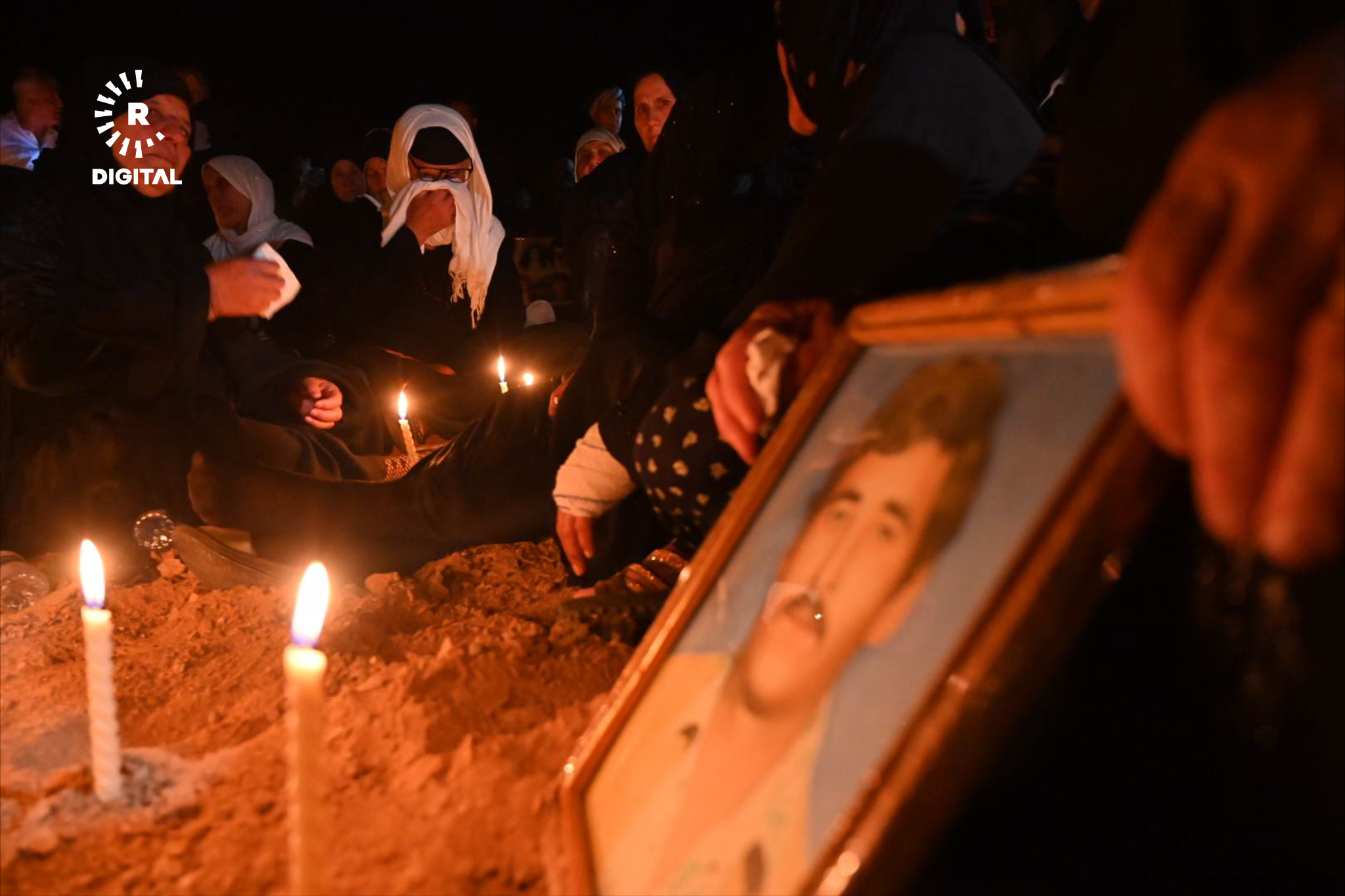
Anfal survivors recount genocide 35 years on
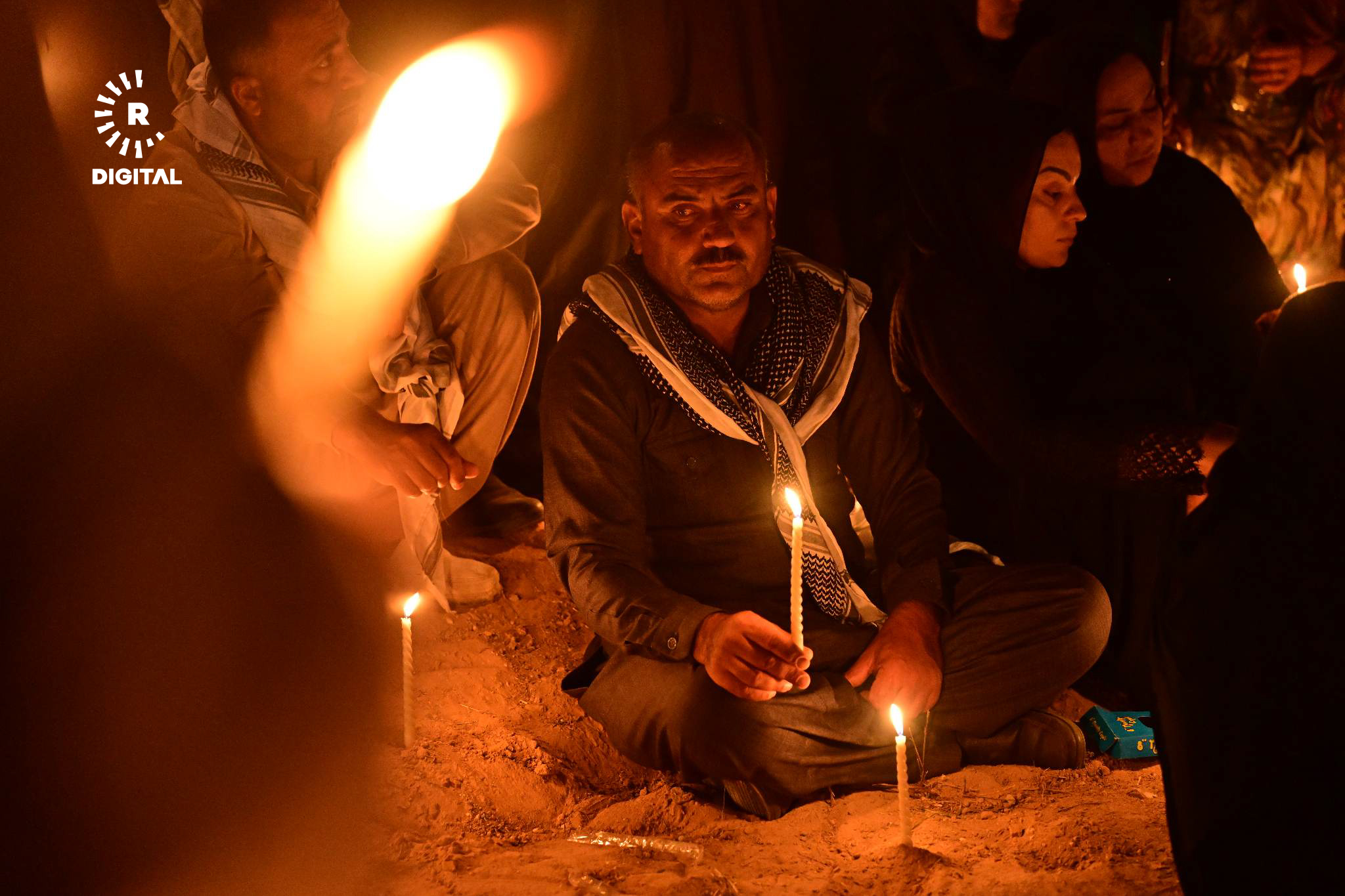
Anfal survivors recount genocide 35 years on
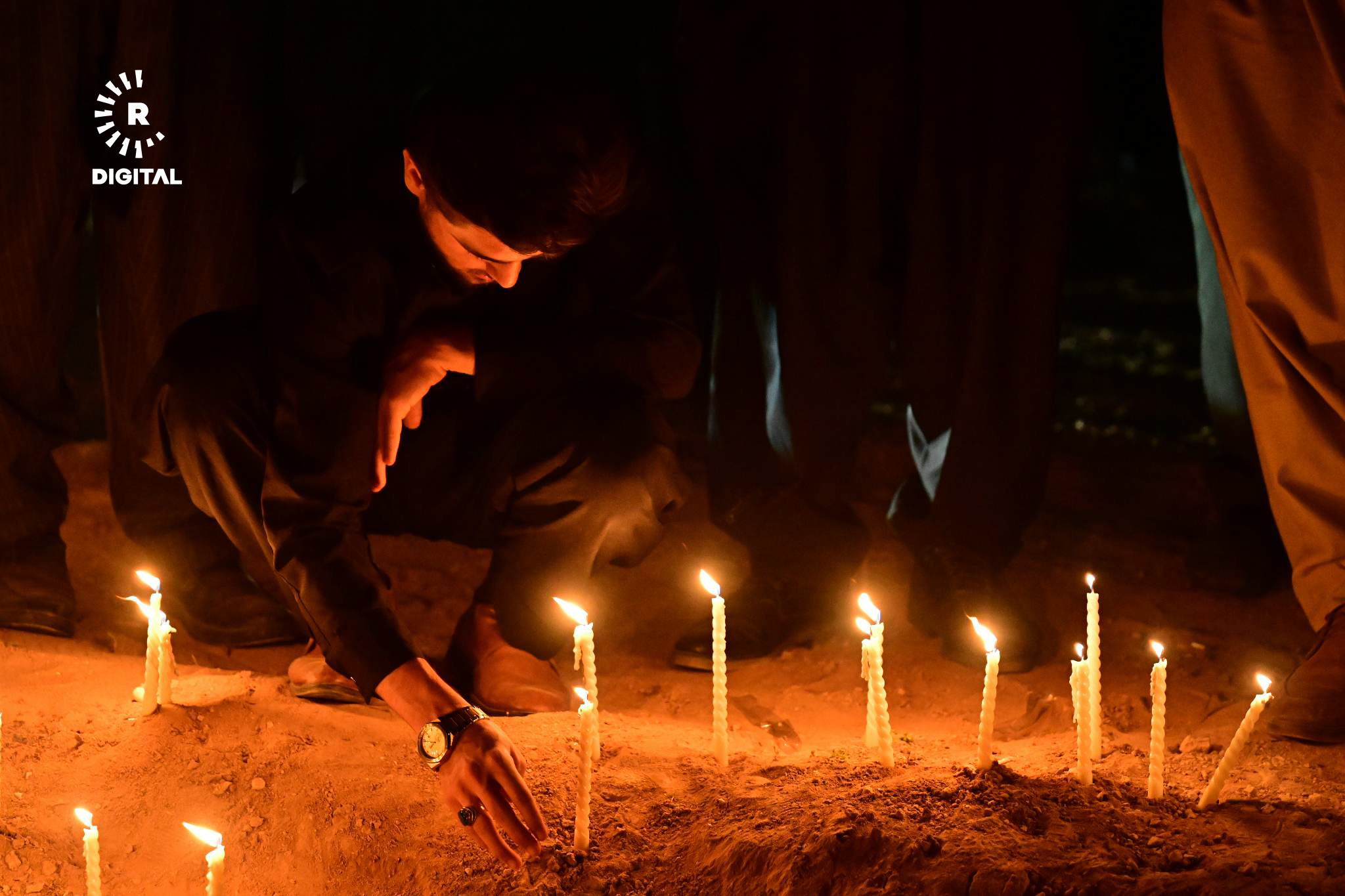
Anfal survivors recount genocide 35 years on
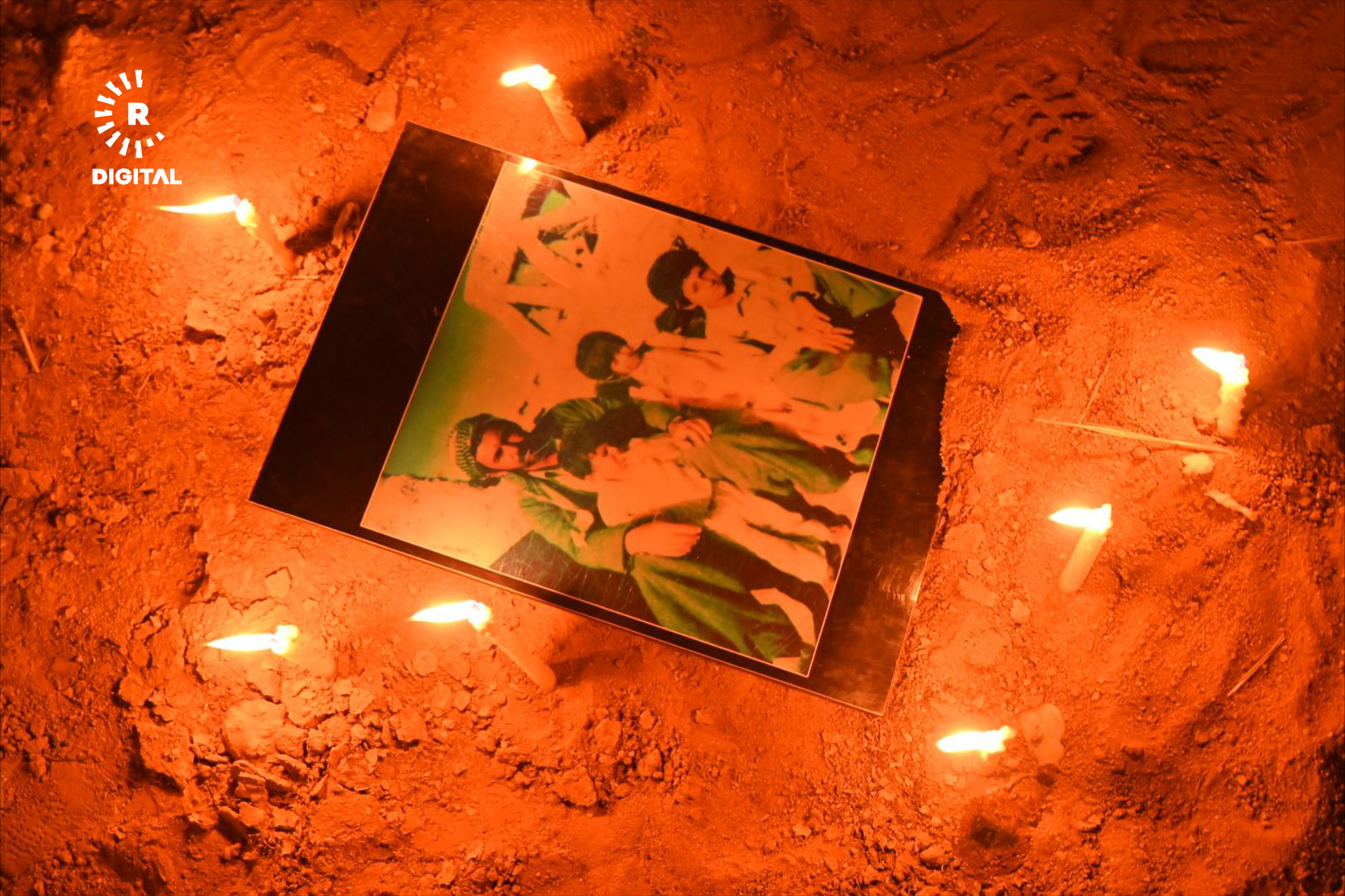
Anfal survivors recount genocide 35 years on
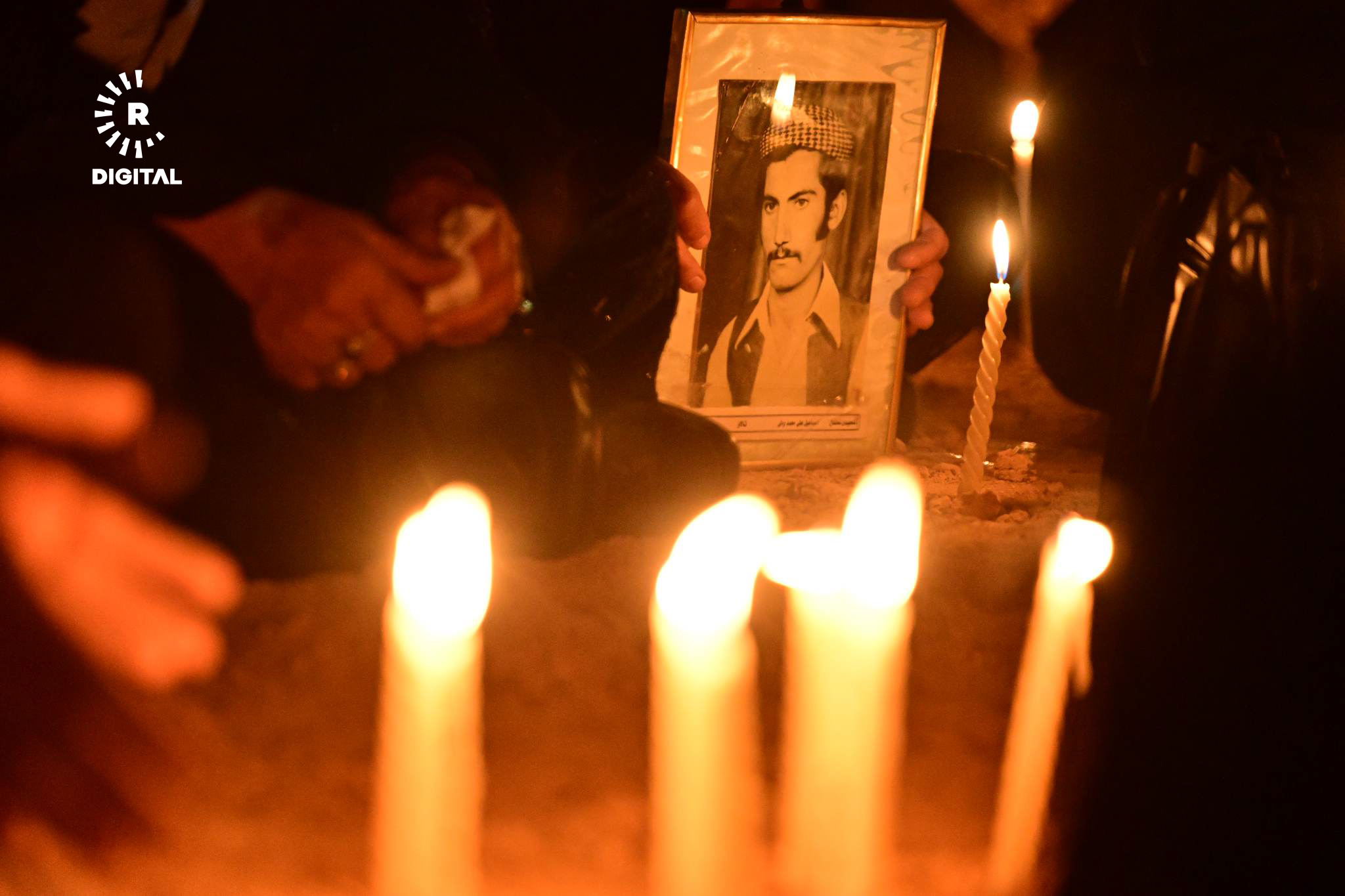
Anfal survivors recount genocide 35 years on
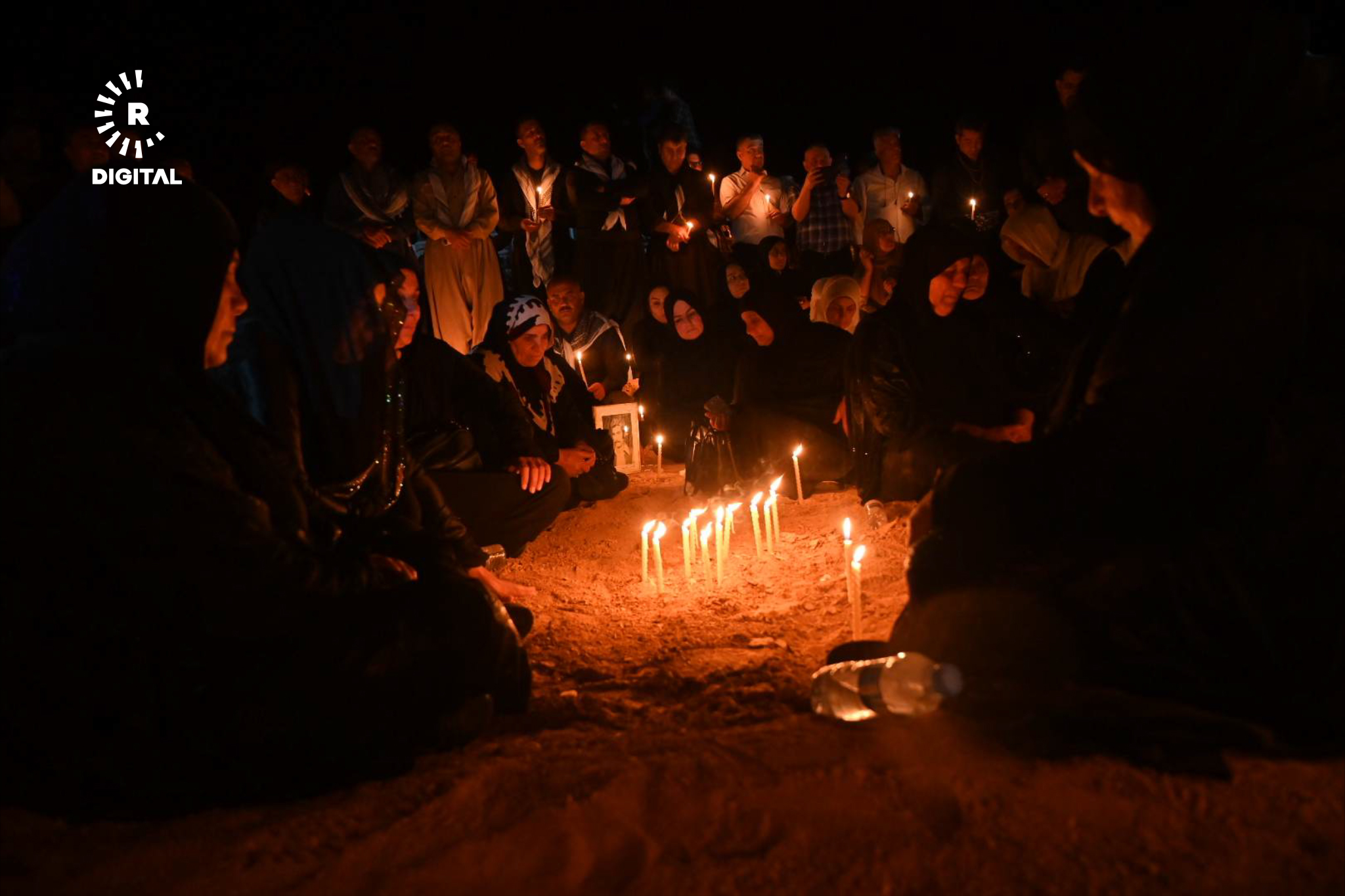
Anfal survivors recount genocide 35 years on

Anfal survivors recount genocide 35 years on

Anfal survivors recount genocide 35 years on
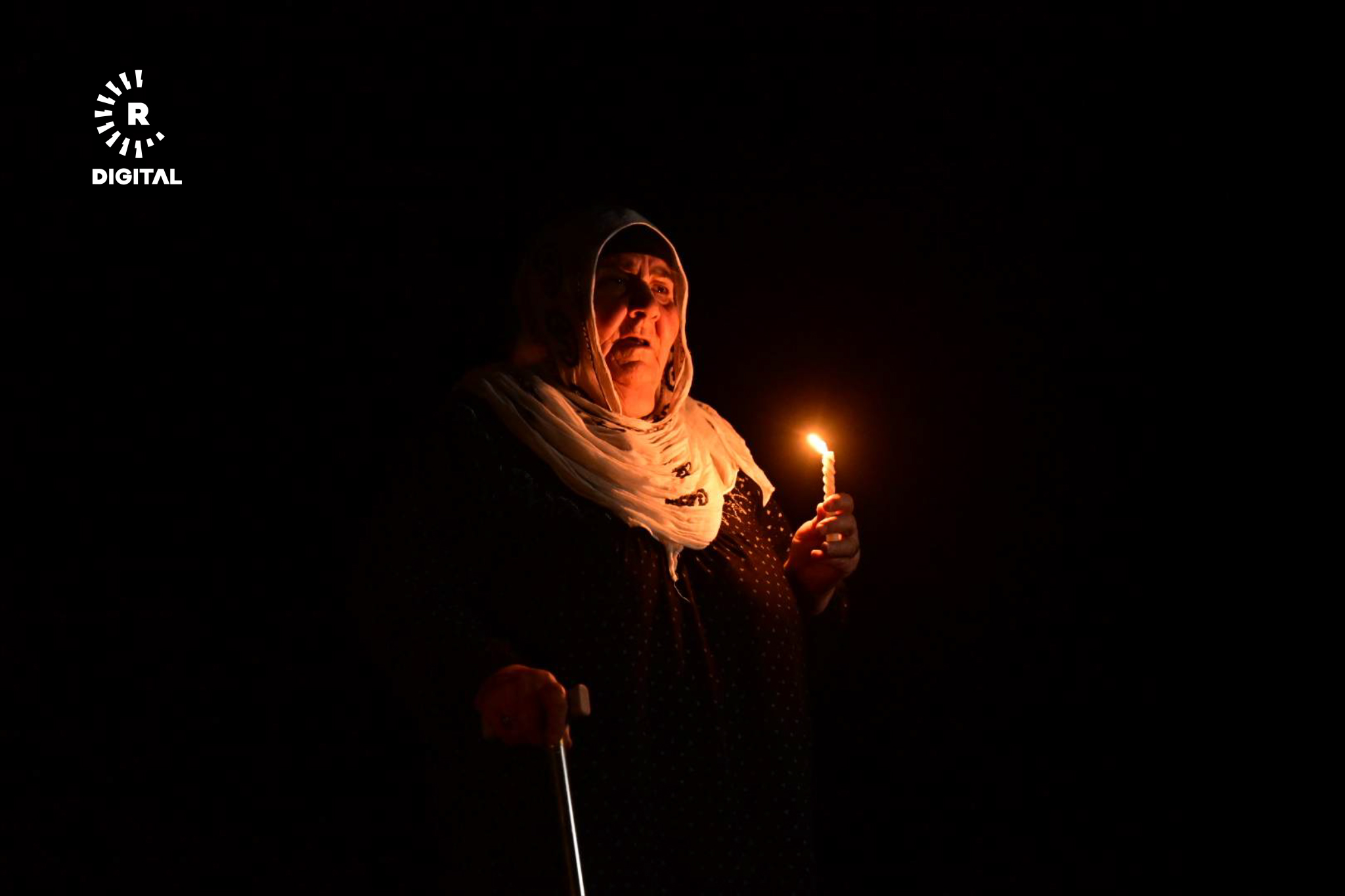
Anfal survivors recount genocide 35 years on
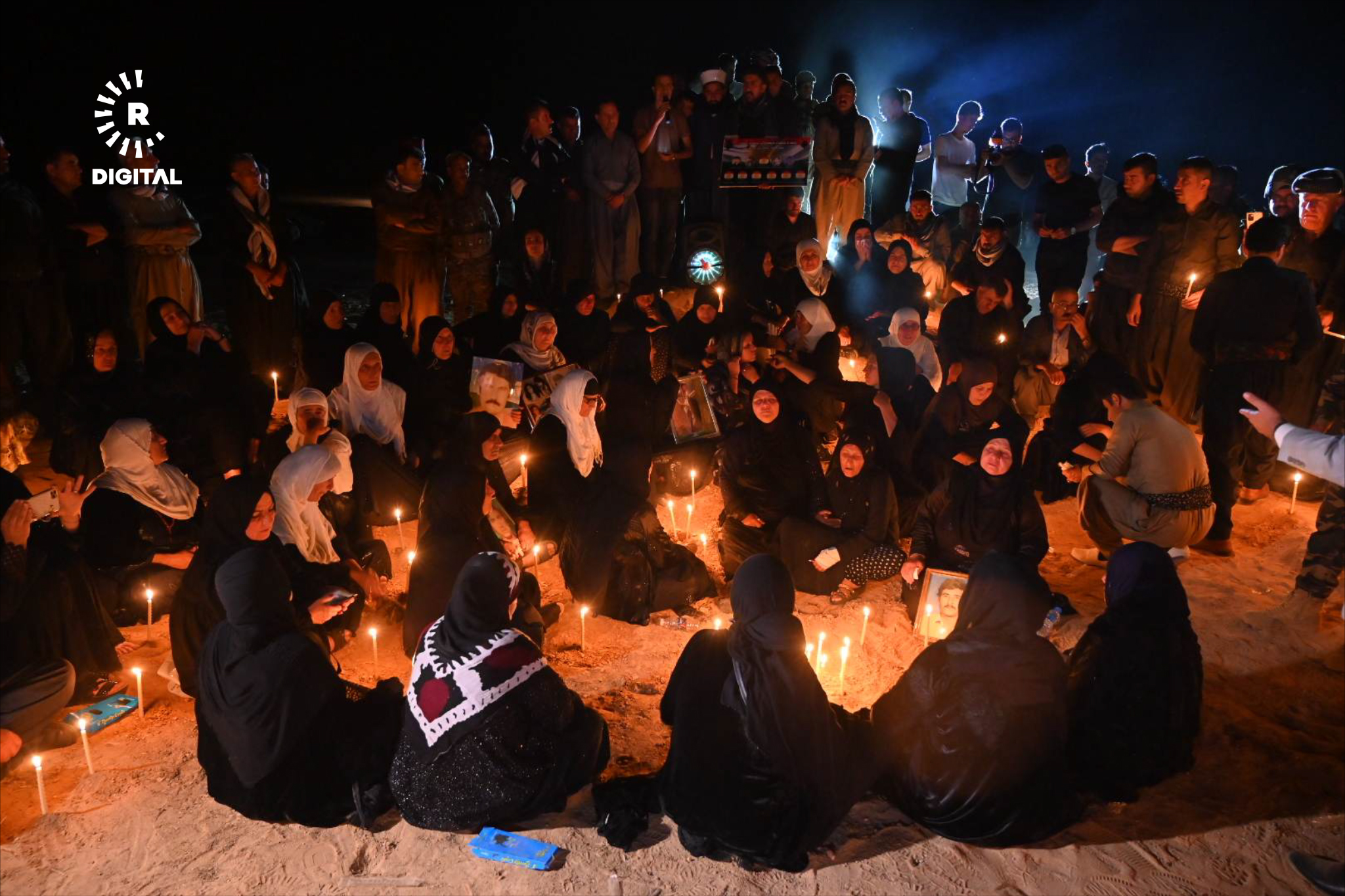


.jpg?scale=both&w=1140&h=750&bgcolor=2a2f33)
.jpg?scale=both&w=1140&h=750&bgcolor=2a2f33)
.jpg?scale=both&w=1140&h=750&bgcolor=2a2f33)
.jpg?scale=both&w=1140&h=750&bgcolor=2a2f33)
.jpg?scale=both&w=1140&h=750&bgcolor=2a2f33)
.jpg?scale=both&w=1140&h=750&bgcolor=2a2f33)
.jpg?scale=both&w=1140&h=750&bgcolor=2a2f33)
.jpg?scale=both&w=1140&h=750&bgcolor=2a2f33)
.jpg?scale=both&w=1140&h=750&bgcolor=2a2f33)
.jpg?scale=both&w=1140&h=750&bgcolor=2a2f33)
.jpg?scale=both&w=1140&h=750&bgcolor=2a2f33)
.jpg?scale=both&w=1140&h=750&bgcolor=2a2f33)
.jpg?scale=both&w=1140&h=750&bgcolor=2a2f33)
.jpg?scale=both&w=1140&h=750&bgcolor=2a2f33)
.jpg?scale=both&w=1140&h=750&bgcolor=2a2f33)
.jpg?scale=both&w=1140&h=750&bgcolor=2a2f33)
.jpg?scale=both&w=1140&h=750&bgcolor=2a2f33)
.jpg?scale=both&w=1140&h=750&bgcolor=2a2f33)
.jpg?scale=both&w=1140&h=750&bgcolor=2a2f33)
.jpg?scale=both&w=1140&h=750&bgcolor=2a2f33)
.jpg?scale=both&w=1140&h=750&bgcolor=2a2f33)
.jpg?scale=both&w=1140&h=750&bgcolor=2a2f33)
.jpg?scale=both&w=1140&h=750&bgcolor=2a2f33)
.jpg?scale=both&w=1140&h=750&bgcolor=2a2f33)
.jpg?scale=both&w=1140&h=750&bgcolor=2a2f33)
.jpg?scale=both&w=1140&h=750&bgcolor=2a2f33)
.jpg?scale=both&w=1140&h=750&bgcolor=2a2f33)
.jpg?scale=both&w=1140&h=750&bgcolor=2a2f33)
.jpg?scale=both&w=1140&h=750&bgcolor=2a2f33)









